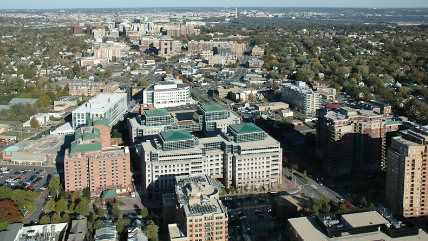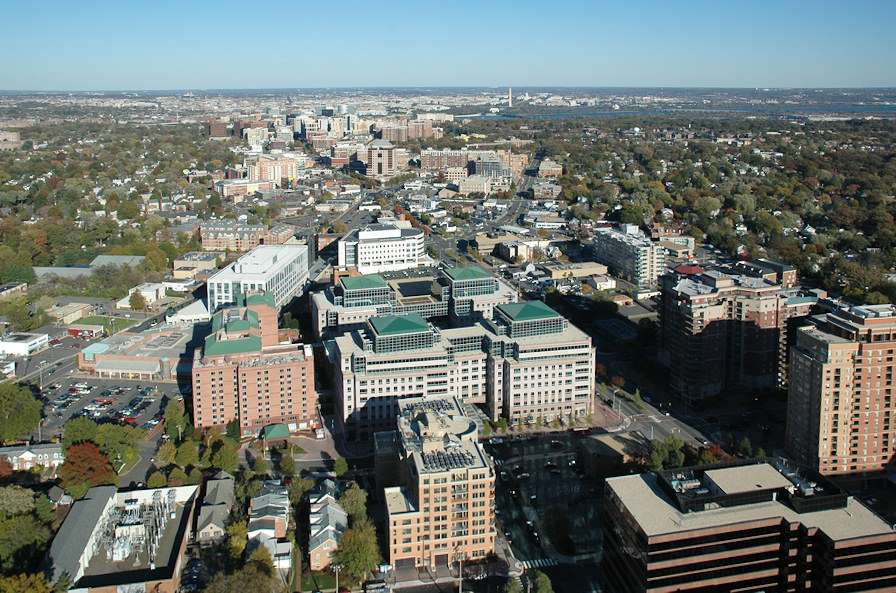Reinflating the Housing Bubble: Department of Agriculture Edition


Established in 1949, the U.S. Department of Agriculture's Rural Housing Guaranteed Loan program is meant to provide home loans to folks of modest means in rural areas. But, according to a recent Reuters investigation, the USDA isn't hewing to either the rural or the modest part of its mandate.
Via Reuters:
Seattle-based mortgage broker Dan Keller says that since 2009, he has arranged 50 to 60 loans a year for people buying houses in the suburbs, near the corporate campuses of Boeing, Microsoft and Amazon.com.
Top homebuilders like DR Horton, Lennar and Pulte have pushed USDA-guaranteed loans hard, plastering advertisements for them on their websites and coaching first-time buyers who can't get conventional bank financing on how to qualify for the program.
Midsize Florida builder Southern Homes says that nearly 90 percent of its business is in USDA-backed loans, most of them for houses near freeways, shopping malls and multiplexes.
The rural housing program backed over 50,000 zero-down loans to borrowers in urban areas from 2003 and 2011. Another 300,000 such loans went to borrowers on city peripheries over that same period.
Reuters also found:
more than 180 loans to borrowers making more than $500,000, including dozens of millionaires, in apparent violation of the program's income guidelines. It found loans in Cape Cod's Hyannisport, home to the Kennedy family compound, and tony Healdsburg, in California's Sonoma County wine country. There were loans for second homes, and loans to people who could have obtained conventional financing—each a breach of the program's rules.
…[R]ecent audit reports from the USDA's inspector-general fault the program for laxity at the other end of the income scale, citing numerous instances of loans to borrowers with subpar credit scores or incomes that were too low. A February audit report said that in 2012, the program paid $496 million in loss claims, up from $295 million the previous year—mirroring what's happening on a much larger scale at the Federal Housing Administration, where defaults on billions of dollars in loans threaten the agency with insolvency.
The inspector-general found that more than 37 percent of the loans it examined were ineligible for one or more reasons, including borrowers whose incomes exceeded program limits, who didn't meet repayment guidelines or who already owned homes and could have gotten credit without the government guarantee. At one lender alone, 46 mortgages had been made to ineligible borrowers. Of those, 33 were in default, resulting in more than $1.75 million in claims.
Under current law, some 900 neighborhoods—that now account for 40 percent of the program's loans—would become ineligible for the program later this year. However, Rep. Jeff Fortenberry (R-Ne.) has introduced a bill to keep the money flowing until 2023.


Show Comments (16)